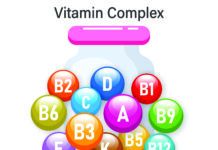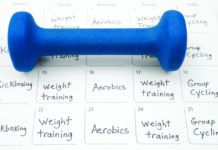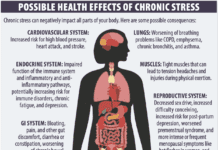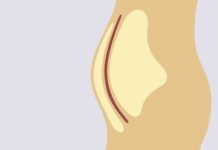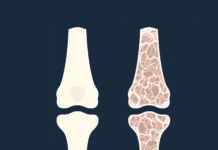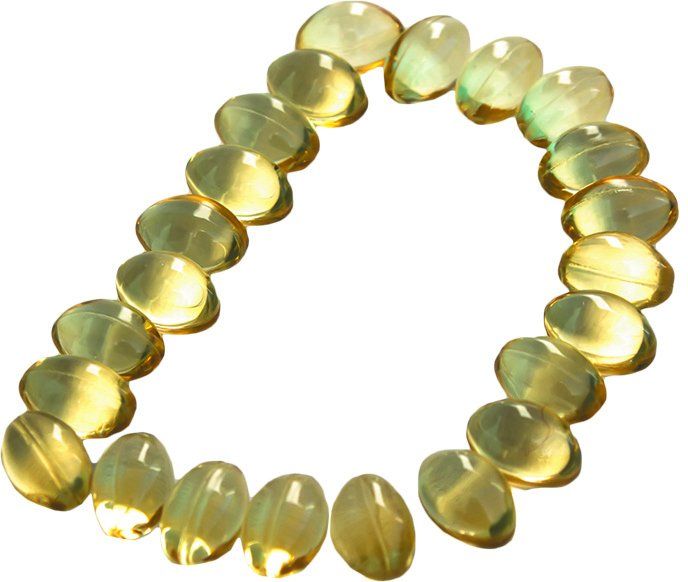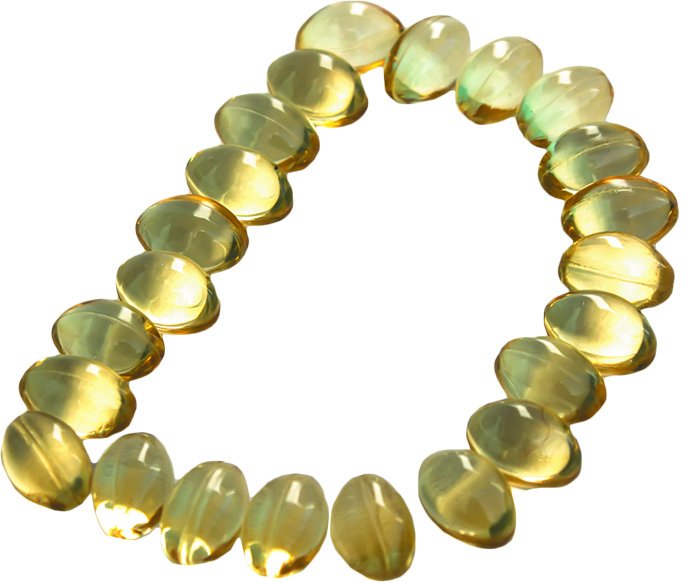
IMAGE © THINKSTOCK
If it’s important to get enough vitamin D, is getting more even better? Probably not, experts are now cautioning. Hopes that extra doses of the “sunshine vitamin” might benefit a wide range of health conditions have been eclipsed by recent research.
Now a surprising new study reports that high doses of supplemental vitamin D were no more effective than lower doses in improving function in older patients. Higher doses were actually associated with a greater risk of falls. Besides working with calcium to build strong bones, vitamin D had been suggested as a way to build muscle strength in older adults, preventing falls.
But too much of a good thing may be as risky as too little, according to Bess Dawson-Hughes, MD, director of Tufts’ HNRCA Bone Metabolism Laboratory and a co-author of the new study, published in JAMA Internal Medicine. “This study points to serum (blood) levels of vitamin D in the range of 21 to 45 ng/ml for fall risk reduction,” she explains. “All participants achieved levels of at least 21 ng/ml during the trial, consistent with Institute of Medicine (IOM) recommendations; however, those reaching levels above 45 ng/ml had increased risk of falling. So repletion with the IOM recommended doses should provide the best protection, and going overboard is to be avoided.”
The IOM recommends that people ages 70 and older should aim for a daily intake of vitamin D of 800 IU (International Units). Most older people, the IOM advises, do not need routine measurement of their blood levels of vitamin D.
THREE LEVELS: The study was led by Heike Bischoff-Ferrari, MD, DrPh, of University Hospital of Zurich, who is also a visiting scientist at Tufts. She and colleagues recruited 200 people in Switzerland, average age 78, two-thirds of them female, who had experienced low-trauma falls in the previous year. At the start, 58% were vitamin D deficient. Participants were split into three groups and followed for a year. Each group received a different dosage of vitamin D3, the most effective form:
➧ 24,000 IU monthly (the equivalent of the recommended 800 IU daily)
➧ 60,000 IU monthly
➧ 24,000 IU monthly plus a vitamin D product called calcifediol.
The second and third groups were more likely to reach a desirable blood vitamin D level of at least 30 ng/mL. But that improvement didn’t translate into better lower-extremity function or reduced fall risk.
Scores on a battery of physical tests did not vary significantly among the groups at the end of the follow-up period, although the lowest-dose group (equivalent to 800 IU daily) showed more improvement in leg function. That lower-dose group also actually had the lowest incidence of falls, at 48%, compared to two-thirds in the two higher-dose groups. The 60,000 IU and 24,000 IU plus calcifediol groups also averaged more total falls than the lowest-dose participants. Those in the highest-dose group averaged roughly half again as many falls as those getting the lowest dose.
JUST ENOUGH: Why might extra vitamin D be associated with greater risk of falls? Researchers speculated that higher doses might make seniors more active, putting them at greater risk of mishaps. An accompanying editorial suggested instead that too much vitamin D might disrupt muscle activity.
That editorial, by Steven R. Cummings, MD, of California Pacific Medical Center Research Institute, and colleagues, commented, “The vitamin D story seems to be following the familiar pattern observed with antioxidant vitamins,” such as vitamin E, beta-carotene and vitamin C. In that pattern, they wrote, initial enthusiasm for supplementation, reinforced by observational studies “showing, essentially, that healthy people have higher vitamin levels,” fails to be supported by randomized clinical trials or meta-analyses. (See box)
If you’re not getting enough vitamin D from food (as is generally the case) or don’t get much sunshine, you might still want to take a supplement. But don’t overdo it in hopes that vitamin D is the latest “magic bullet” – that notion is a misfire.
TO LEARN MORE: JAMA Internal Medicine, January 2016 –
http://archinte.jamanetwork.com/article.aspx?articleid=2478897
TO LEARN MORE: New England Journal of Medicine –
http://www.nejm.org/doi/full/10.1056/NEJMoa1500409?query=featured_home
TO LEARN MORE: Seminars in Arthritis and Rheumatism –
http://www.semarthritisrheumatism.com/article/S0049-0172(15)00239-5/abstract
TO LEARN MORE: Journal of Nutrition, December 2015 –
http://jn.nutrition.org/content/145/12/2683
This study of fall risk is only the latest in a string of vitamin D disappointments, including:
– Supplements of daily vitamin D (1,000 IU) and/or calcium failed to reduce the recurrence of precancerous colorectal polyps. The large, randomized, placebo-controlled trial followed 2,259 patients for up to five years. Although researchers said previous positive findings for calcium make further study worthwhile, they concluded, “We can say with some confidence that at this dose, which is a very commonly used dose now, vitamin D does not affect colorectal carcinogenesis.” (New England Journal of Medicine)
– A meta-analysis concluded that there was not enough evidence to support the theory that vitamin D supplementation helps prevent the onset or worsening of osteoarthritis. (Seminars in Arthritis and Rheumatism)
– The apparent relationship between lower vitamin D levels and insulin resistance can largely be explained by central adiposity, such as belly fat. When results in a study of 336 adults were adjusted for central adiposity, the association between vitamin D status and insulin resistance was eliminated. (Journal of Nutrition)







